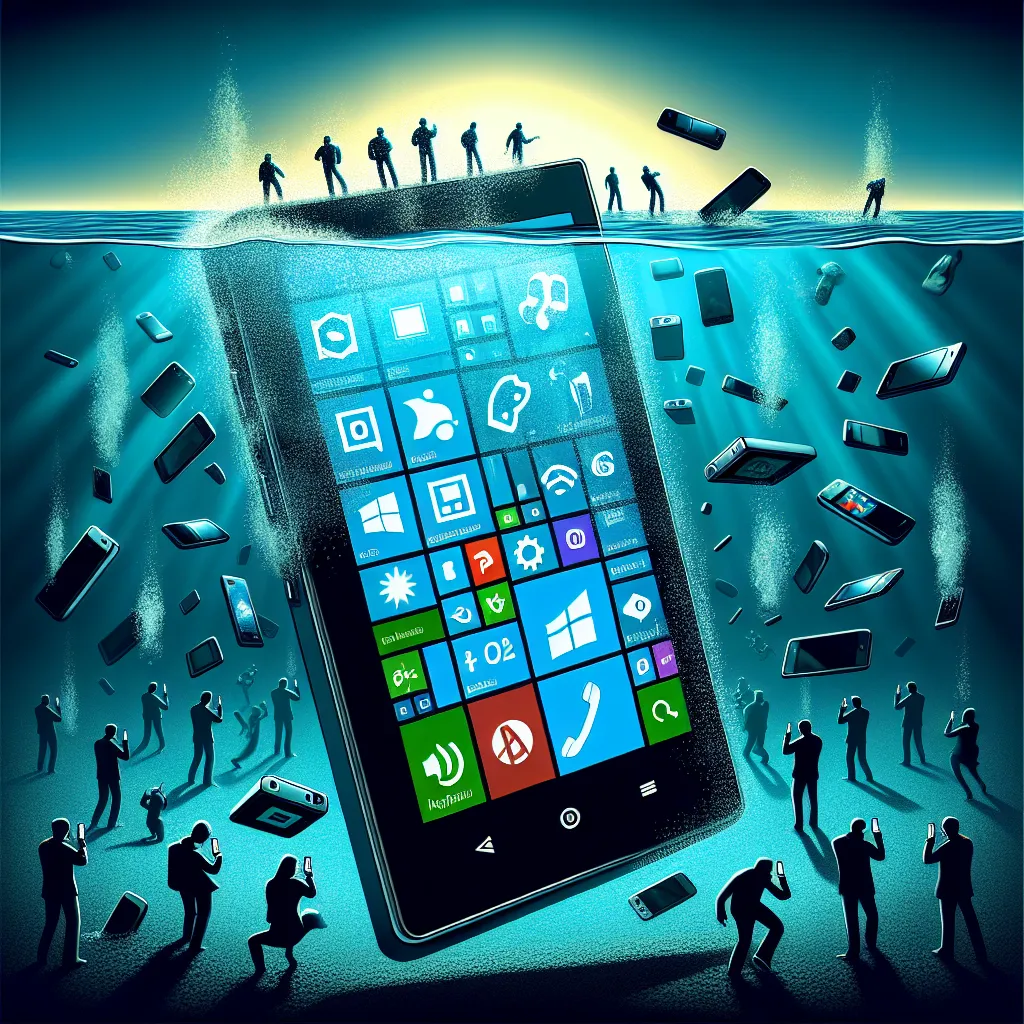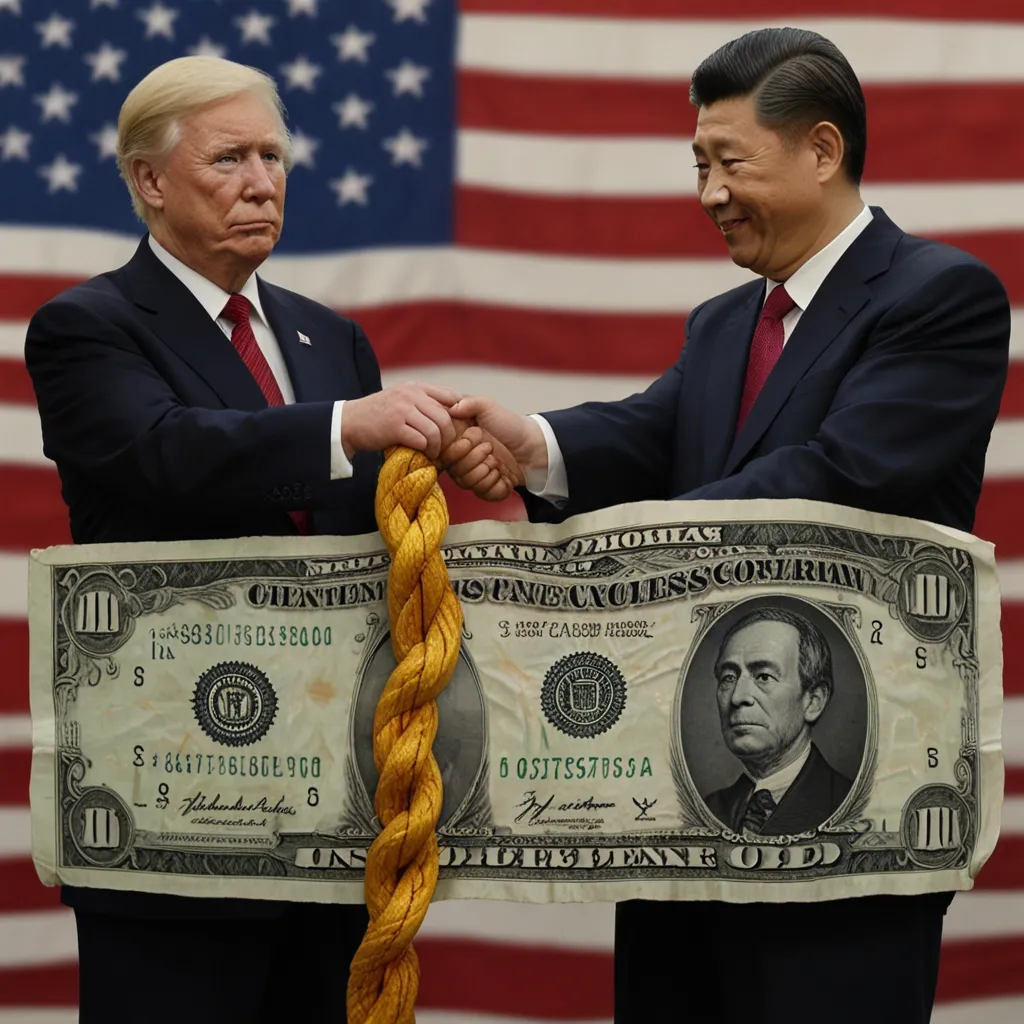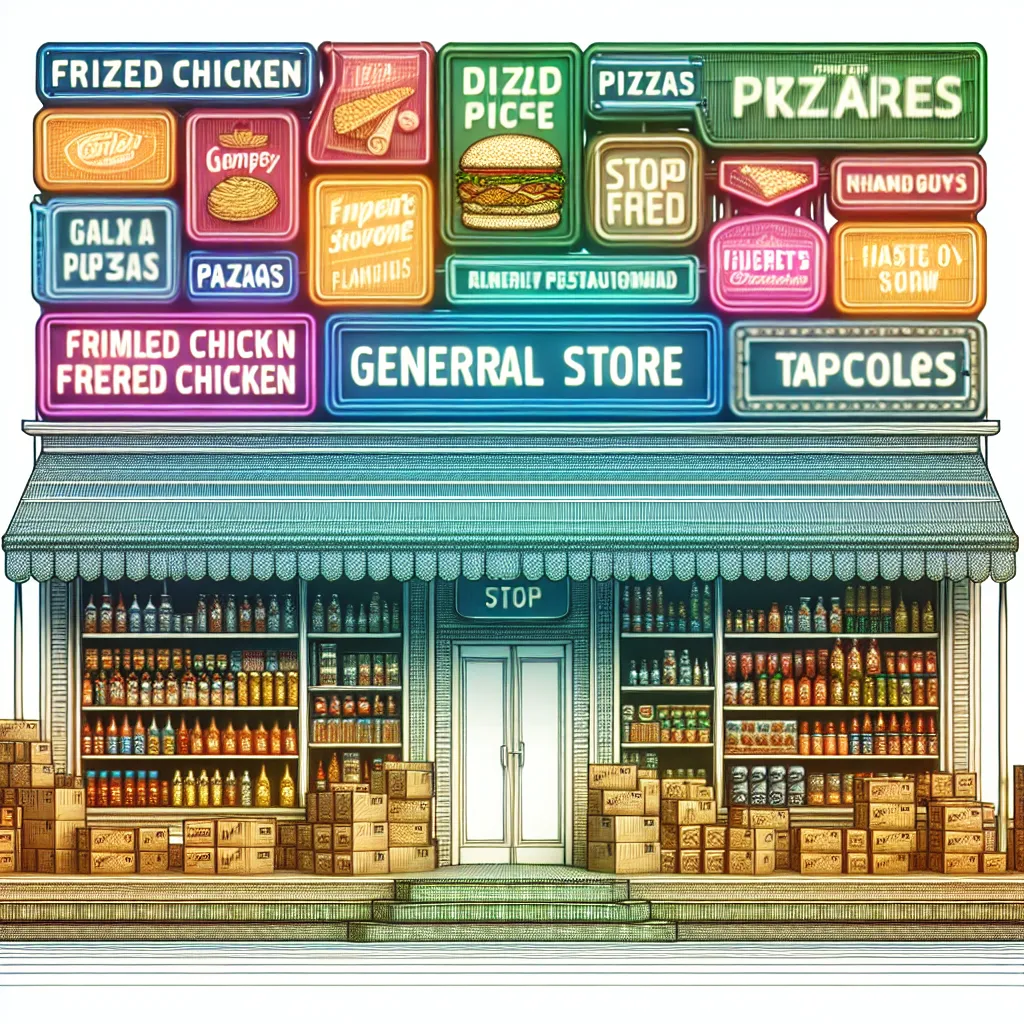Windows Phone had so much potential but ultimately failed, costing Microsoft billions. Despite enormous resources and connections, it never gained traction and remains one of the company’s biggest blunders. Let’s explore why it failed and what Microsoft could have done differently.
When Steve Jobs announced the iPhone in 2007, he revolutionized the smartphone industry. Before that, smartphones had small screens and clunky keyboards. Jobs introduced a sleek, touch-screen interface, simplifying how we interact with phones. Apple’s fans were thrilled, but engineers at Google were not. They had to redesign their mobile project, resulting in Android, which launched over a year later, by which time the iPhone had already dominated the market.
Apple’s strategy was exclusivity—everything was controlled in-house, allowing them to charge premium prices. Google went the opposite way, making Android open to many manufacturers, resulting in cheaper devices. For a while, the smartphone market was balanced, with Apple’s quality on one end and Android’s accessibility on the other.
Microsoft had a significant history in mobile devices, dating back to 1996 with their handheld PC. Despite their deep experience and a 15% market share in mobile between 2006 to 2008, they underestimated the iPhone’s threat. Steve Ballmer, then CEO of Microsoft, shrugged off the iPhone due to its high price and lack of a physical keyboard, failing to see its potential impact.
Microsoft eventually realized their mistake and began developing their touchscreen device in late 2008, launching the Windows Phone in 2010. The Windows Phone introduced a unique design with live tiles, offering a refreshing user experience. Critics praised its design and powerful hardware. However, Microsoft’s strategy faced a big hurdle—they wanted strict control over the user experience and hardware but didn’t make their own phones. This rigidity made it hard for manufacturers to work with them, unlike Android’s flexible approach.
Then came Nokia, whose new CEO Stephen Elop, a former Microsoft executive, shifted the company’s focus to Windows Phone, abandoning the Symbian system. In 2011, Nokia launched its first Windows phones, thanks to massive financial support from Microsoft. However, this exclusive deal pushed other manufacturers away. No one wanted to fund their own development while Nokia got Microsoft’s technology basically for free.
By the time Windows Phone addressed its production issues, it was too late. They entered the market four years after the iPhone, falling to a 2% share. Developers were uninterested, so the Windows Phone App Store lacked popular apps like Instagram and YouTube. By 2013, Nokia’s stock plummeted, and shareholders were furious. Microsoft eventually bought Nokia’s mobile division in 2014 for $7.2 billion, only to write off $7.6 billion the following year and fire nearly 8,000 employees. Windows Phone lingered until 2017 but was effectively dead long before that.
The Windows Phone story highlights the importance of compromise in business. Had Microsoft been less rigid, they might have attracted manufacturers that opted for Android. Despite being a software powerhouse, their inflexibility was their downfall. This tale serves as a cautionary example of how not to handle product development in a rapidly evolving industry.






